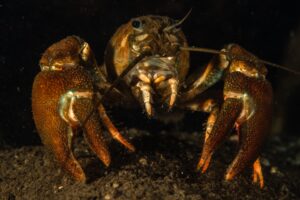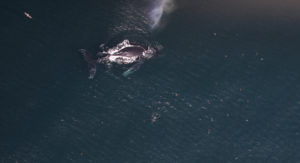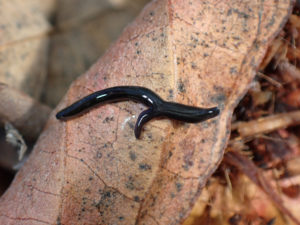Through June 10 (extended from May 27), the U.S. Fish and Wildlife Service is seeking comment on a plan to use rodenticides to eradicate non-native house mice from the South Farallon Islands. Officials say the mice threaten nesting seabirds, but critics charge that the effort could actually endanger birds on the island.
The agency proposes aerial broadcasts of granular pellets of the rodenticide brodifacooum as the most effective tool to get the job done.
The service has identified mouse eradication as a critical step in restoring the native ecosystem on the Farallones, but some concerned groups and individuals worry that the use of a highly toxic rodenticide poses threats to species other than the targeted one. WildCare of Marin has publicly stated its opposition: “These horrible poisons will be dumped from the sky, will affect the entire habitat on which they fall, will hit target and non-target species alike, and will remain in the environment for a very long time to come.”
From a bluff in west Marin, the Farallon Islands resemble a series of bumps on the horizon. Just 12 miles off the coast, the islands have served as a refuge for nesting seabirds and marine mammals for thousands of years. Populations of both plummeted when seal hunters and Gold Rush-era egg harvesters discovered the Islands’ bounty. President Theodore Roosevelt stopped the plundering by officially establishing the Farallones as a National Wildlife Refuge in 1909. Populations have spent the last century recovering, and today public access to the islands is highly restricted.
One of the goals of the Fish and Wildlife’s Farallones conservation plan is to protect, monitor, and restore breeding populations of 12 seabird species, five marine mammal species, and other native wildlife. Among the seabirds is the ashy storm-petrel, currently a candidate for federal Endangered Species listing and a California Species of Special Concern. Over half the population breeds on the South Farallon Islands. Since 1972, their numbers have declined 30 to 40 percent, in part due to predation by burrowing owls and western gulls.
What does this have to do with the innocuous house mouse? Mice populations fluctuate annually, reaching a peak in the fall. Burrowing owls, themselves a California Species of Special Concern, fatten up on the rodents, and the abundance of mice persuades some to stay on the islands for the winter. When the mouse population crashes in the colder months, the owls turn to other prey, including adult ashy storm-petrels. Removing the mice will theoretically encourage the owls to abandon the islands for more fertile mainland hunting grounds.
Brodifacooum is a highly toxic anti-coagulant, and can harm animals that consume poisoned rodents. There have been several documented cases of dead raptors in the Bay Area that tested positive for brodifacooum and similar rodenticides, including two Cooper’s hawks found in a Berkeley swimming pool in 2007. In fact, the San Francisco Commission for the Environment has banned the outdoor use of “second-generation” (so-called because of its long duration of action and high potency) rodenticides like brodifacooum. (Read more in this 2008 SF Gate article.)
But rodenticide has been used effectively to help restore other sensitive island ecosystems. In the Channel Islands off Santa Barbara, the aerial application of brodifacooum on Anacapa Island in 2001-2002 successfully eradicated non-native black rats. Since then, populations of some seabirds, including Xantus’ murrulet, have increased dramatically. Individuals of non-targeted species such as raptors and rufous-crowned sparrows did fall victim to the poison, but according to the Fish and Wildlife Service, local populations of those species have since recovered. (For more information see this page from the National Park Service.)
In April the U.S. Fish and Wildlife Service announced it is drafting an Environmental Impact Statement (EIS) for the proposed project at the Farallones. The agency will be accepting comments until May 27. Here’s all the info about commenting.

.jpg)



